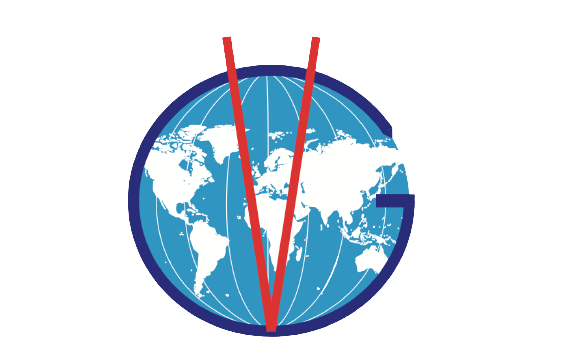In the 1980’s the initial enthusiasm for synthetic material ligament reconstruction in humans, severely decreased, due to high failure rates.
But some researchers kept on trying to understand why it failed.
It appeared that the fibers which were used were not the appropriate ones in terms of mechanical properties and, more than that, contained some undesirable substances, particularly lubricants, which were the cause of severe intolerances.
It also appeared that the design of the ligaments did not correspond to the in vivo constraints and were more like shoe laces or ropes, than ligaments. The in vivo stresses are a combination of torsion, flexion and tension. The structure of the first ligaments was braided, woven or knitted, resulting in fibers over crossing. During torsion and flexion these intersecting fibers were cutting each other, causing debris, synovitis and finally ruptures. This is how was born the concept of intra-articular «free fibers» which has been a huge step towards improving the resistance to fatigue of the implant up to millions of cycles as there were no more crossing fibers in the active intra-articular portion.
And last but not least, nobody knew exactly where and how to place these implants. It’s clear that synthetic fibers do not have the properties of the native fibroblastic tissue, and especially its elasticity. Therefore it is mandatory to respect a precise isometry as to not exceed the mechanical capacities of the synthetic fibers. Thus the landmarks for precise placement had to be redefined.
So all of these domains of technical, biological and anatomical research have been explored and the problems, one by one, solved.
Since about 25 years this new generation of synthetic ligaments has been widely used in humans with excellent results comparable to classical techniques, but in addition, avoiding the inconveniences of autogenous transplants and allowing immediate full weight bearing, mobilisation and fast recovery.
Considering these good results in humans, it made sense, after some adaptations, to apply the same procedures to veterinary surgery.
Since 2010 this is what STIF- VETLIG GLOBAL is dedicated to and is now, after 7 years of trials in several countries, ready to launch for the benefit of the pets and their owners.


